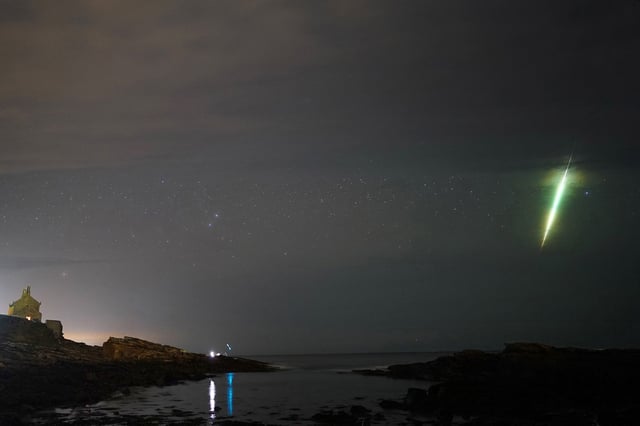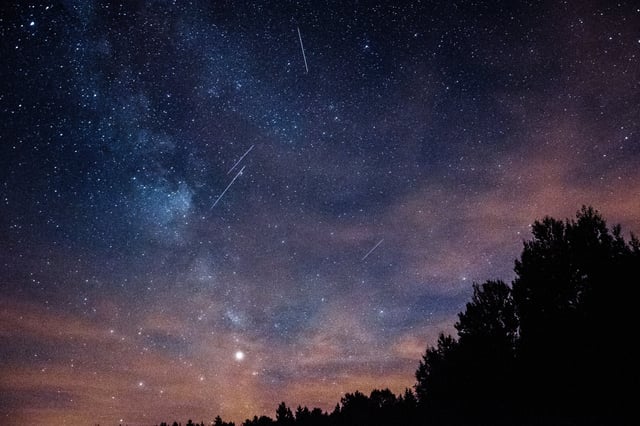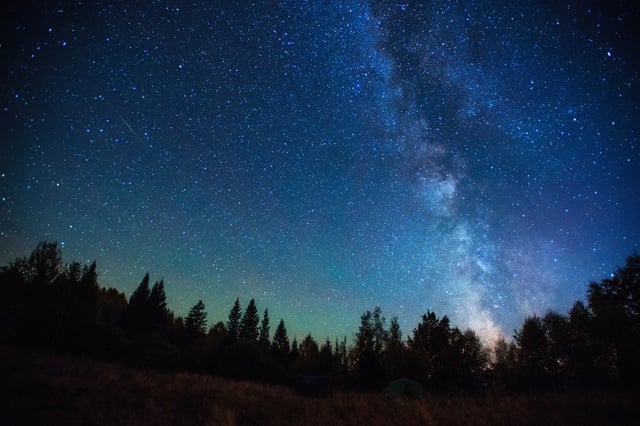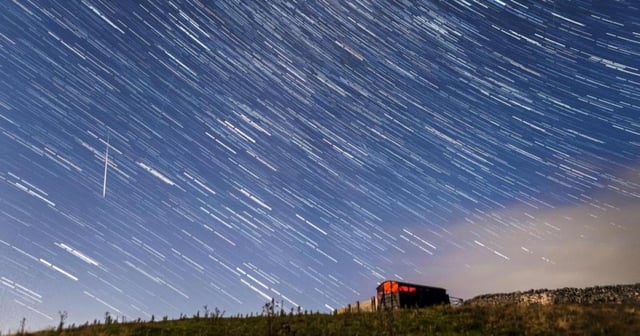Overview
- The brief Draconid peak occurred around 1900 GMT (3 p.m. ET) on Oct. 8, with activity continuing through Oct. 10 and the best viewing shortly after nightfall when Draco is high in the northern sky.
- The shower comes from debris of comet 21P/Giacobini‑Zinner, which reached perihelion in March 2025, raising the possibility of enhanced activity this year.
- Experts caution that the Draconids are highly unpredictable: most years yield only a few to about 10 meteors per hour, though past outbursts have surged to hundreds per hour.
- This week’s bright moonlight will wash out many faint streaks, so observers should seek dark-sky locations, keep the moon out of view, and allow 20–30 minutes for eyes to adjust.
- For a more reliable display later this month, the Orionids are expected to peak around Oct. 20–22 under much darker skies, with typical rates near 10–20 meteors per hour.



